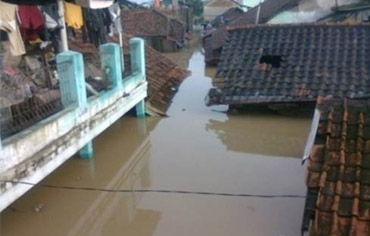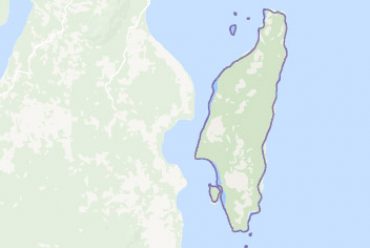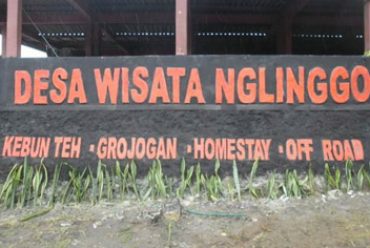Community resilience towards flood and Polder development plan in Citarum watershed: Case study in Cieunteung, Baleendah District, Bandung
- Supervisors:
Dr. Mia Rosmiati
Dr. Angga Dwiartama - Master’s student: Adzani Ghani Ilmannafian, M.Si
Citarum watershed plays an important role for West Java, regardless of its many problems that stem from management failure. Cieunteung, a sub-basin of Citarum, is an illustration of such a problem, whereby the area is periodically flooded due its low and flat contour. In order to minimise the impact of floods, the government is planning to build a Polder, which implicated the capacity of the surrounding residents to adapt to, and manage, these changes.
This study aims to identify adaptive capacity of Cieunteung’s Social Ecological System towards both the floods and Polder development plan, using a theoretical approach called resilience thinking. Resilience is defined as the ability of a system/society to adapt to a crisis without fundamentally changing its configurations. Resilience analysis starts with identifying SES in a chronological manner, i.e. mapping the history of Citarum and Cieunteung into the adaptive renewal cycle. The second step is to do an in-depth analysis of the community’s adaptive capacity using 9 indicators of community resilience. Analysis is made descriptively using content analysis.
Based on the adaptive cycle, we identify that social-ecological changes have driven the Citarum SES towards its release phase, and Citarum has not met its reorganization phase yet. The phase also aligns with Cieunteung community’s current phase, although Polder has the potential to shift the community into a reorganization phase. This is particularly supported by a good perception of polder within the community. Furthermore, the community also has strong points in 4 out of 9 resilience indicators: learning process, social network, positive outlook and people-place relationships, and is expected to increase their resilience by focusing on the other 5 indicators.








No Comments